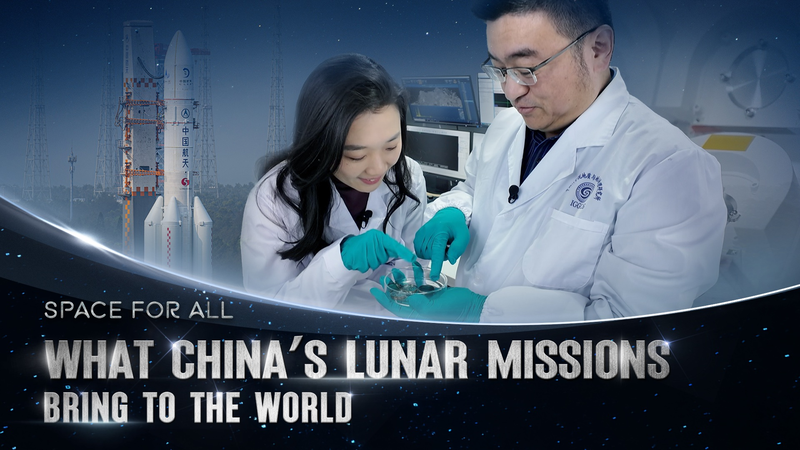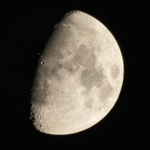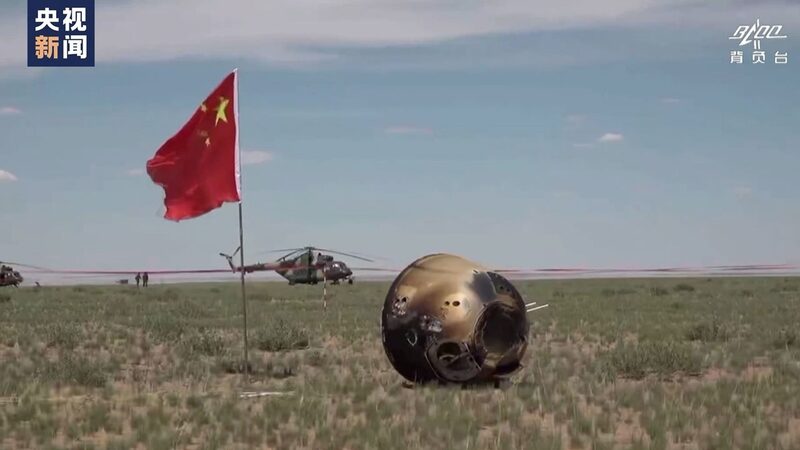Two decades ago, China’s lunar program was just getting off the ground. Fast forward to today, and it’s making history by retrieving samples from the moon’s far side — a dark, cratered landscape we’ve barely scratched. 🌌 This isn’t just about collecting space rocks; it’s a giant leap for science, offering clues about our solar system’s origins.
Why the Far Side Matters
The moon’s far side—nicknamed the ‘dark side’ (no, not the Pink Floyd album 🎸)—is geologically distinct and shields Earth from solar winds. The samples could reveal secrets about volcanic activity, lunar magnetism, and even resources like water ice. Scientists worldwide are geeking out over this treasure trove of data.
Global Collaboration, Not Competition
While the missions are led by China, researchers from Europe, Asia, and beyond are collaborating to analyze findings. Think Avengers, but for astrophysics. 🦸♂️🦸♀️ This teamwork could accelerate plans for future lunar bases or Mars missions, benefiting everyone.
What’s Next?
With ambitions for a permanent lunar research station by the 2030s, China’s program is sparking a new space race — one focused on sustainable exploration. Who knows? The next moon walker might be sipping tea in a lab built from these discoveries. 🚀
Reference(s):
Journey to the moon: What China's lunar missions bring to the world
cgtn.com







